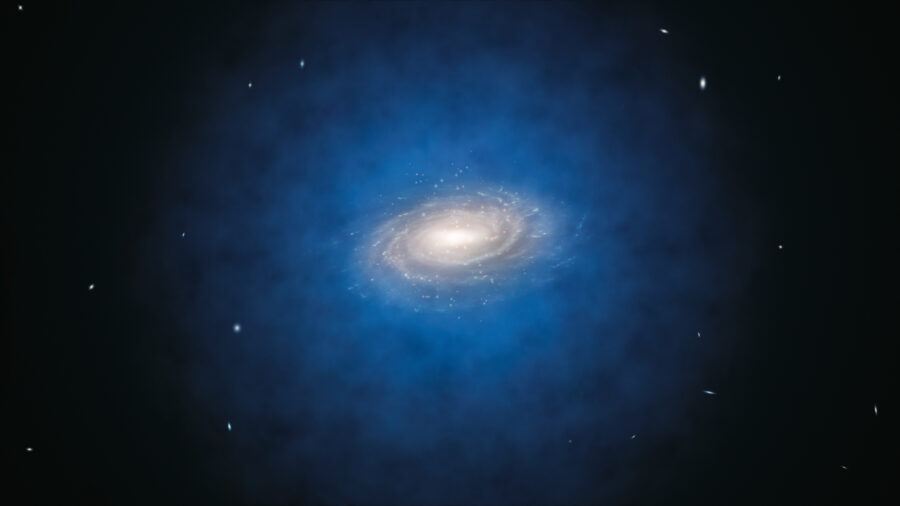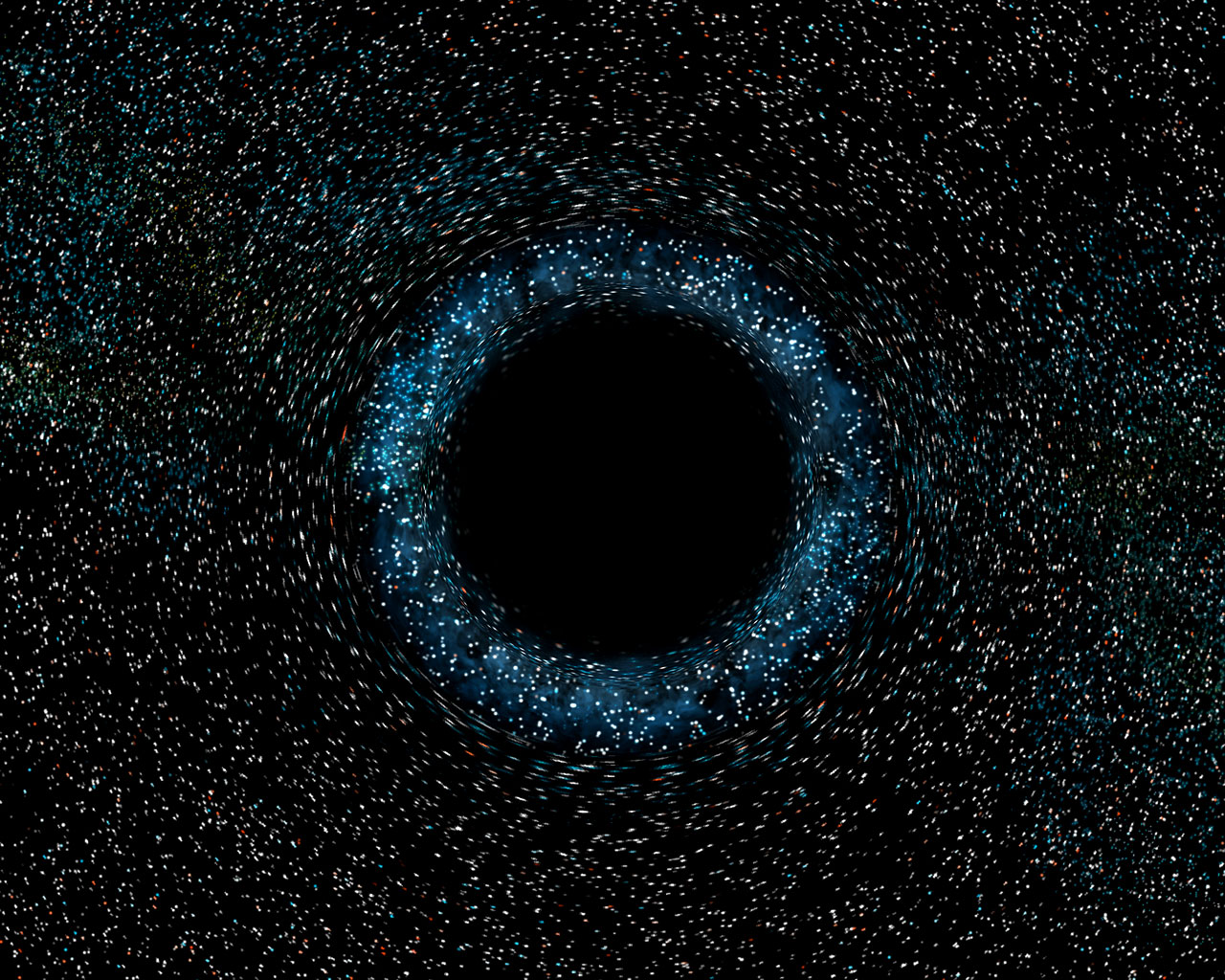Scientists Find Hidden Galaxies At The Edge Of Time
Scientists have discovered hidden galaxies, at the the furthest reaches of the known universe that had been hiding behind cosmic dust
This article is more than 2 years old

Star Trek fans eat your heart out. It looks like scientists continue to find hidden galaxies further and further out at the edges of the known universe. That means once we finally get a real working Starfleet up and running (any day now, right?) there will be plenty to explore and plenty more to find out at the reaches. That was the case recently when a group of scientists discovered previously unknown galaxies that had been “hiding” behind huge veils of dust and other cosmic particles.
The research was brought forward by Yoshinobu Fudamoto from the Research Institute for Science and Engineering at Waseda University, Japan in a study published in Nature (reported by Vice News) and detailed a stunning find that happened almost by accident. These hidden galaxies weren’t part of the original research study. Fudamoto and his team were looking for and studying two other galaxies REBELS-12 and REBELS-29 using UV light. But during this they noticed something going on further in the galactic distance. It was by using a system called ALMA (Atacama Large Millimeter/submillimeter Array ) which can look even beyond what the UV technology provides. It can cut through some of that aforementioned dust to find other signals.
These latest hidden galaxies, seen thousands of light-years beyond their original focus of study, appear to have been created at cosmic dawn. This is in reference to the time period in which stars were first formed. Dating back somewhere around 300 million years after the creation of the universe during the Big Bang. Research has suggested that after this event, the universe was a very dark place. It wasn’t for a couple hundred million years after that until stars and galaxies started forming as well.

Even with this discovery of more hidden galaxies at the furthest reaches, it won’t be in many lifetimes until we have a sense of what is happening there. The original REBELS galaxies are each several thousand light-years away and these new ones are thousands of light-years beyond that. Again, we need to get into Star Trek/ Star Wars land before the possibility even exists of getting actual looks at what is happening here.
And in terms of the overall number of galaxies out there, this is the very definition of a tiny drop in a massive bucket. The Milky Way itself is home to somewhere between 100 and 400 million stars (give or take a couple of million). That might be a conservative estimate and the number of galaxies out there is an even more staggering number. Some have suggested that there exist somewhere in the neighborhood of two trillion (with a “t”) galaxies out there. And there are all types as well, differing based on makeup and movement. The Milky Way is a spiral galaxy, but there are also elliptical, lenticular, and irregular galaxies as well. It is unclear the type of these new hidden galaxies.
These new hidden galaxies are just another in the many discoveries scientists are continuing to make regarding the mostly unknown universe. No doubt as technology improves we will start seeing behind this cosmic dust and even get better looks at the galaxies closer to us as well.












